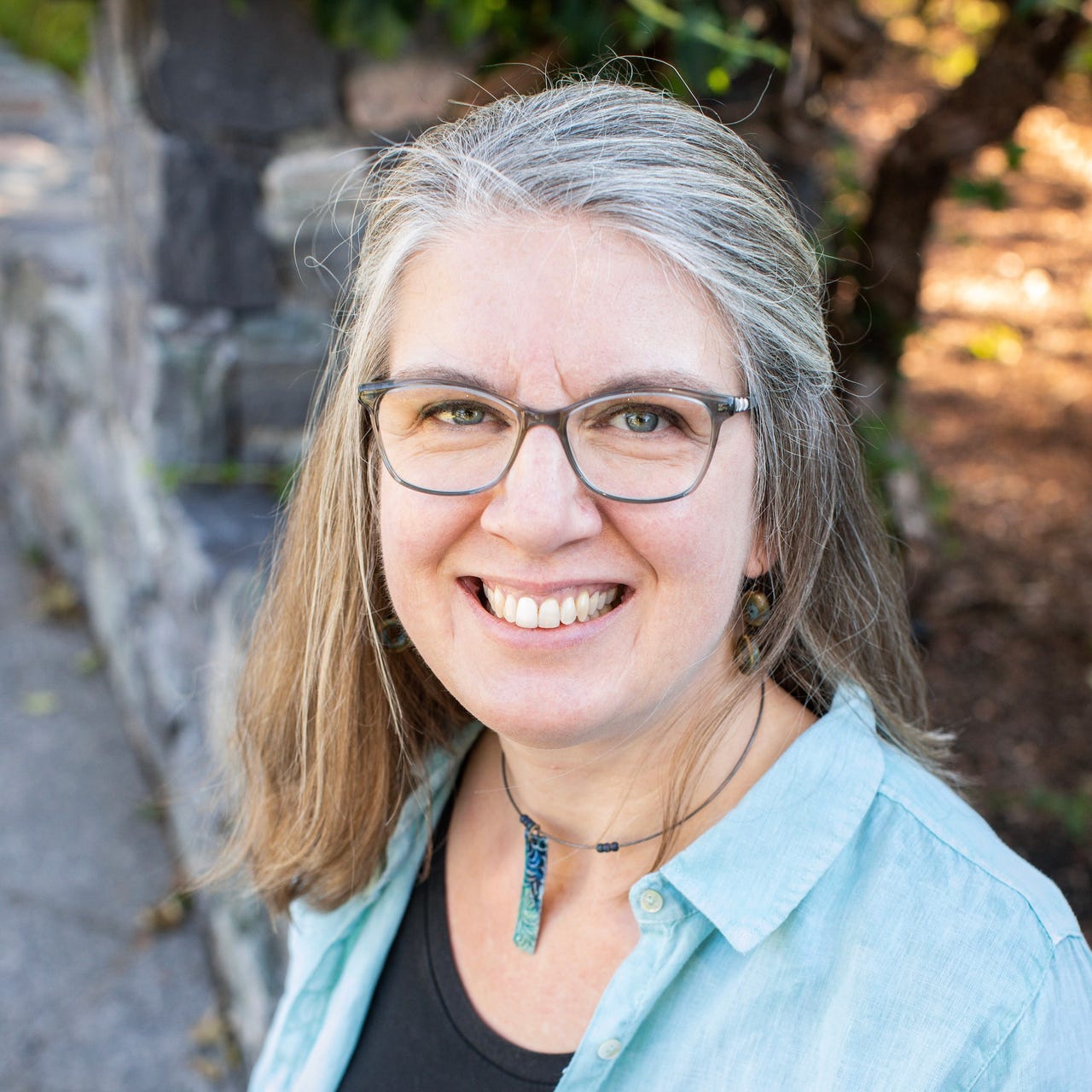This post is part of a series. If you’d like to start at the beginning, please read This Journey Is My Own: Part I.
In December 2019, I moved to a new house after having lived in the same place for 14 years. This inspired a rare blog post recalling the song “Painting Pictures of Egypt.” in January 2020.
The pandemic hit in March 2020, the world went into lockdown, and the virtual became universal. I’d become active on Twitter again as never before as I formed virtual friendship groups for social contact. This time in my life also was part of my disillusion with evangelical Christians as they voted Donald Trump into the presidency in 2016. I watched preachers who insisted that Biblical morals would lead Christians to vote for the candidate who upheld laws against abortion, wanted to overturn LGBTQ+ marriages, and prevent CRT (critical race theory) from poisoning our education. (Donald Trump has a history of doing a lot of immoral things that would make the most conservative Christian blush if they paid attention.)
I called it “struggling with my faith.” People on Twitter called it “deconstruction.” Many preachers and outspoken people of the Christian faith, most notably Joshua Harris of I Kissed Dating Goodbye fame, renounced their faith. I wasn’t quite there, but I couldn’t trust all these people who told me how and what I should believe. I questioned everything I knew and was taught about God and Jesus in general.
Then I met Jenn—JennX with 2 n’s. We hit it off as mutuals on Twitter. She expressed concern for some of my tweets about feeling lost with God, whether I should believe in the Bible, and how I matter in the grand scheme of things. She recommended that I take a class she offers, The Walk, which I eventually did sign up for but had to back out due to changes in my personal life. We agreed that I could transfer enrollment to her other class, Stepping Into the Story (SITS).
I took SITS in the fall of 2020. SITS changed my life. Just not my spiritual life but my personal life as well. (And yes, Jenn, you can use this as a testimony of how awesome this course is.) It was a 13-week course with a 2-hour session in the evening.
SITS encouraged journaling. Thirteen weeks of classes with one week off within the span of 14 weeks. As a mom and full-time employee who often worked beyond business hours, attending was a challenge. I was also battling depression at the time and felt like I couldn’t contribute anything to the course. Jenn helped me work through this outside of class. There were 2 other people in the group, and I still treasure my connection to them. We formed a 13-week bond and shared our stories, confided in one another, prayed, and explored and questioned Bible passages, not necessarily needing to arrive at an answer. Jenn offered 2 one-on-one spiritual direction sessions as part of the course. During those times, we discussed my doubts about God and Christianity, how I could integrate God into my personal life, and reflect on examples of how God had impacted my life.
At the beginning of the course, I felt lost, spiritually wandering. During the course, I began to feel as though I was finding my way back to the path of my spiritual and personal journey. Even though the depression had not gone away by the end of the course, I felt cautiously hopeful.
I went into the course deconstructing my faith. After the course ended, I’d been given the tools to begin reconstructing it.
I began praying and having quiet time in the mornings again. I started out with YouVersion’s guided devotionals, constructed similar to an Instagram story: listening to a 2-minute sermon, reading a Bible verse, a short devotional read, and question prompts to fuel prayer time because, honestly, getting started is scary. Is there a guidebook on how to formally pray and have time with God? When I read my Bible, it was still words on a page. Jesus seemed nice and kind, while the God of the Old Testament was vengeful and wrathful. While I moved forward with keeping Jenn as my spiritual director, I had specific Biblical questions I wanted answered. While spiritual direction touches on Biblical concepts, it’s more about learning practical ways to integrate God into my life. I needed a Bible teacher.
(By the way, you can learn more about Jenn and read her content on Substack.)
I finally developed the desire to return to church. Our family stopped attending church around 2018. Our most recent church fell apart after the senior pastor admitted to the elders that he’d been physically abusing his wife for almost 20 years. A number of people left, including elders who we had formed deep relationships with. We stayed to try and make new connections, but by that point, we were disillusioned. We left and stopped going to church altogether. Sunday mornings without the pressure of getting ready for church were a relief. Lionel Richie finally made sense: “Easy like Sunday morning.”
I had very specific church criteria now, influenced by the relationships I’d made on Twitter: it had to be racially diverse and LGBTQ+ friendly while focusing on expository preaching.
Almost hopelessly, I prayed for a church with the criteria I had outlined above. The area I live in is heavily populated by white people with a scattering of racial minorities. Probably the biggest racial demographic in my area after white people are Indian.
I searched church websites, looking for some kind of diversity. I tried one local church that had some diversity but it wasn’t openly LGBTQ+ friendly. I scoured photos on church websites (note to pastors: photos matter) and quickly closed the browser tab if I saw a sea of white people (or one token Black person). I’ve been token Black person before. I had no desire to be in that role again: a racial pioneer who tried to make Black visitors at white churches feel safe. I wanted to join a church already steeped in diversity.
Then one day, I landed upon a church website, only 15 minutes south of my home. I saw photos of members in the middle of a march, holding a “Black Lives Matter” sign. A visible statement of inclusion was on the home page.
I investigated the staff page and happily discovered various races, ethnicities, and genders served as elders and deacons. I cautiously hoped this church would be the answer to my prayer, but my history of spiritual trauma with previous churches made me leery. Even so, I decided to go.
They had an 8 am service. I decided the morning service would be best to attend so I could help my husband with the kids, who were pretty much rowdy by 10.
I walked into a medium-sized yet cozy room with carpeting and round tables with seats. A small stage sat in the corner of a somewhat rhombus-shaped room. I was one of the first few there and extremely shy. (I’m mostly an introvert but am an extrovert with people I know well.)
I sat at a remote table by myself, not ready to form relationships with anyone. If I didn’t like the church, I wanted to escape without worrying about people contacting me.
The first person I remember starting the service was a woman named Sophia, a reverend and elder at the church. Her words of love and encouragement warmed my soul. They resonated with me. They made sense. I wasn’t confused by intellectual, scholarly theology as I had been in Reformed churches.
The service was short but a more personalized study of Biblical wisdom and practical advice.
Before leaving, a woman named Dawn said hi to me. And then a couple, who I would eventually learn were amazing people, greeted me on my way out. I shyly said hi and ran back to my car, feeling fuzzy and warm inside. I didn’t like the feeling. Even though I just visited the church once and liked it, I was dubious. Would I get hurt again? Could I trust Sophia, Dawn, or any of these people however nice they seemed?
Then it occurred to me: a former work colleague had invited me to attend her church shortly after I’d had my son in 2014. I called her and asked her if the church I’d tried was originally the one she’d recommended to me. With some frustration in her voice, she cried, “Yes!”
I was now willing to stay and decide if this church would be the right one for me.



